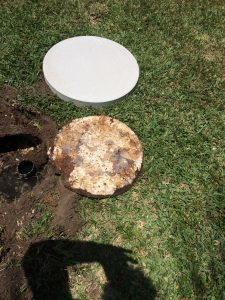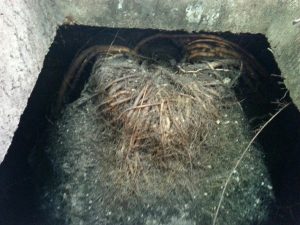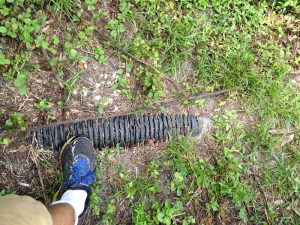How to Identify Septic Problems
Septic system warning signs include gurgling toilets, toilets a little hard to flush, water that rises in low areas of plumbing like shower stalls. But right now if you are backed up or experiencing a septic problem you need to know what to do quickly to avoid ruining your flooring. Call us at 561 262 0099
Step One:
- If you have a two way clean out on the exterior of your house open it up. Look to see if water is standing in the pipe. If water is visible your problem is in the septic tank. Call a local septic tank contractor.
- When you unscrew you’re your two clean out cap and water is not standing in the pipe then chances are you do have a plumbing problem.
- If you don’t have one; install a two way clean out and know where it is.
Step Two:
- Open the septic tank on the inlet side; check the water level.
- Often there is a blockage at the inlet pipe it’s self this happens for various reasons.
- If the water level is over the inlet pipe you may have a problem in the drain field area.
Step Three:
- Pump the tank, sometimes these problems correct themselves.
- Check for an outlet filter. Outlet filters are designed to keep solids from entering your drain field. They protect your drain field but require maintenance.
- If there is no outlet filter device and the water is not going into the drain field or leach field then sit down have a qualified professional analyze your situation.
- Sometimes there is a blockage going to the drain field, sometimes the system is over loaded. Never attempt to dig in or around the drainfield area, digging can tear the fragile filter cloth and cause major problems.
.
Step Four
- You may have to replace your drain field if it is no longer taking water. This happens when roots get into the system, bio-mat builds under leach bed, solids and sludge clog the leach lines or if daily consumption exceeds what the drain field can absorb.
Checking Water Consumption
- Average indoor water use in the typical single-family home is almost 70 gallons per person per day. Leaky toilets can waste over 200 gallons each day.
- Check for toilets that run intermittently, put food coloring in the upper bowl and see if it gets into the toilet bowl, if so change the flapper valve or adjust the toilet settings
- Reverse osmosis unit discharge water while they are making water, it may not seem like much but it can saturate a drain field.
- Check your water records
Visit the Florida Health Department
Crown rot is caused by Hydrogen Sulfide gas that combines with air and moisture to form an acid that eats away at concrete.
The lid on the left is normal, the one on the right has been severely eroded and could collapse if stepped on.

Roots will enter the tank causing major problems.

We were able to pressure wash these and remove them from the tank.



